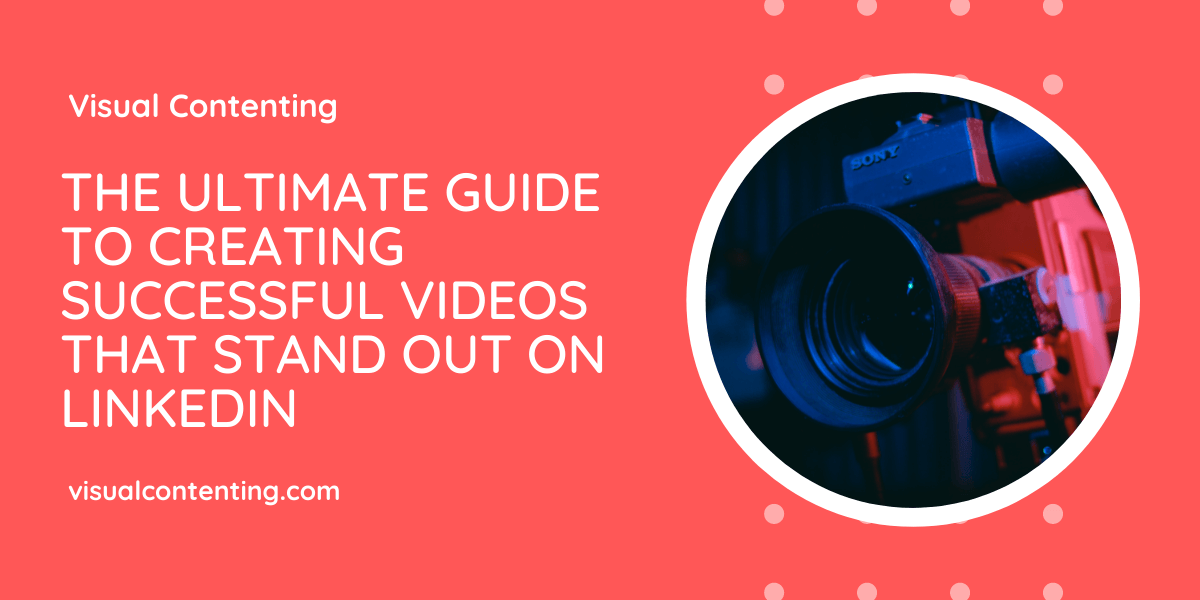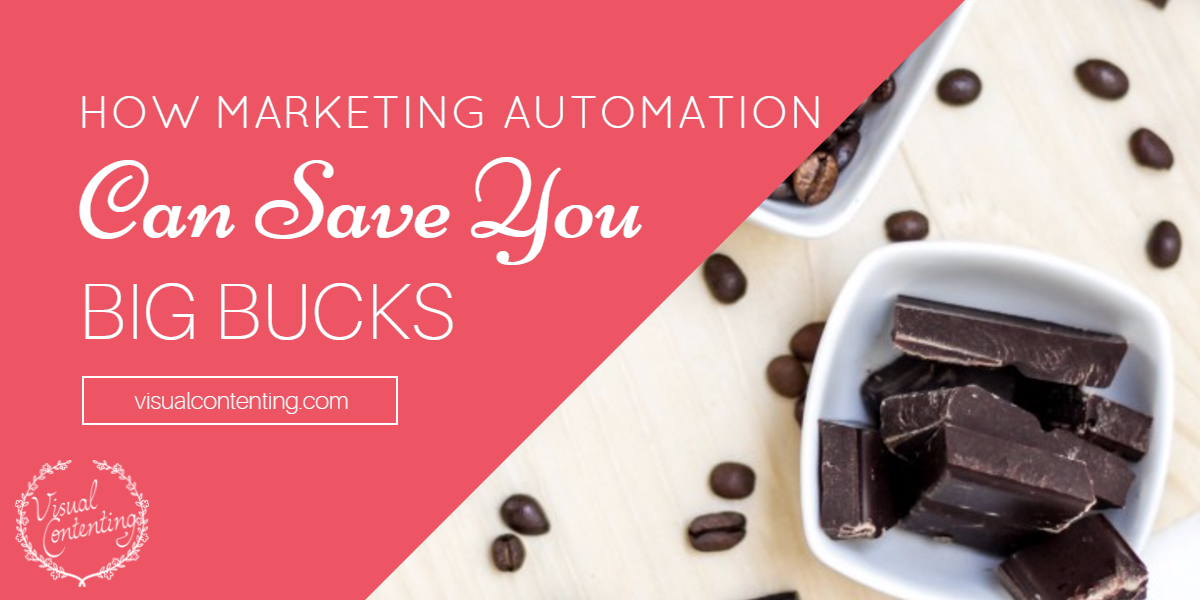Not very long ago, digital marketers bought advertising space by interacting with human salespeople. Programmatic advertising largely made that method obsolete. Marketing professionals can buy both static programmatic display ads as well as programmatic video ads. Here, we'll focus on the video variety.
What Makes Programmatic Video Ads Different from Traditional Ads?
Programmatic video ads involve the use of bots and algorithms that determine the best publishing sites for your ads, as well as which internet users should see certain ads versus others. This addition of automation to the media-buying process means marketers do not need to tackle as many manual tasks or deal with so much guesswork when figuring out where to advertise and which ads to show potential customers.
What Are Some Basic Definitions Associated with Programmatic Video Ads?
When learning about programmatic advertising, you'll likely come across mentions of demand-side platforms (DSP) and supply-side platforms (SSP). A DSP is for advertisers who are ready to buy ad space and have come up with some characteristics associated with the ideal users to see their content.
Conversely, an SSP is for publishers that have ad space to sell. In the same way that a marketing professional can set some parameters for the kinds of users he or she wants to see ads, a publisher can enforce restrictions so that only certain types of ads — typically those that are most appropriate for the publisher's audience — appear on a given site.
Then, ad exchanges facilitate the bidding process between the parties using a DSP or an SSP. Advertisers must determine their maximum bids so that the algorithms associated with the ad exchanges know how much those entities are willing to pay to have their video ads show up on particular sites.
Finally, ad servers place the winning ads in the right places and show them to the desired internet users. From the advertiser's perspective, ad servers bring convenience to the process by allowing them to see how certain ads perform. They monitor your ad spend and identify potential areas of improvement.
What Are the Main Benefits to Advertisers Using Programmatic Video Ads?
A 2019 report from eMarketer anticipates U.S. marketers spending a combined $29.24 billion on programmatic video ads this year. The amount allocated to them should continue to rise through at least 2021, the material showed. Moreover, that source indicated that 49.2% of all programmatic ads are video-based.
Now that you know what programmatic video ads are and have learned that marketers are increasingly interested in them, you're probably wondering about the primary advantages of programmatic video ads compared to the conventionally-bought kinds. We've already addressed how programmatic ad buying removes manual tasks and guesswork from purchasing ad space.
Beyond that, advertisers often see financial benefits from relying on programmatic advertising. The automated aspects of programmatic video ads free up time in marketers' schedules and equip them to spend more time doing other things because they're no longer devoting so much time to manual ad buying. These new ads don't take humans out of the picture, but they make them more available for other tasks.
If marketers are already using big data but want to optimize their results, programmatic video ads can help that happen. Big data platforms support programmatic ads by crunching the information about a segment of the audience and figuring out the most effective placement or determining the most effective ad to show to a person.
What Types of Programmatic Video Ads Could You Choose?
When digital advertisers decide to work with programmatic video ads, another benefit they enjoy relates to flexibility due to the various types of programmatic video ads that exist:
- Instream ads: These ads adapt to the online environment by playing along with existing video content. They frequently appear on YouTube. Pre-roll instream ads play before the main video starts, mid-roll ads interrupt a stream in progress and post-roll ads appear at the end of a video you've watched.
- Outstream ads: These are ads appearing outside of online video content, such as between paragraphs of text.
- In-banner ads: These play inside of a banner ad, and they do not require the user to have a video player installed to view them. These ads sometimes start playing automatically without sound.
- Interactive video ads: These ads keep users engaged by allowing them to interact with the video content or choose the ad that they see. These advertisements appear on both mobile and desktop platforms.
- In-game ads: These advertisements show up when a person plays a game. Developers often insert them into the content to try and increase revenue.
Knowing about the main types of programmatic video ads makes it easier to determine which kind works best for your content and your audience. Then, you have opportunities to maximize the payoff for your campaigns.
Effective Ways to Use Programmatic Video Ads to Drive Leads and Conversions
Now that you know the basics about programmatic video ads, let's explore how to make the most of them to urge audience members to take desirable actions. Adapt the following tips to meet your needs:
1. Personalize the Content to Meet the Audience's Needs
O2 is one of the largest telecommunications companies in the United Kingdom. When that brand chose to use programmatic ads, it spent time figuring out what user information would allow the company to deliver relevant and personalized ads. Moreover, the company repurposed television ads about a Refresh promotion and turned them into programmatic video ads.
One of the main advantages of O2's Refresh program is that it allowed users to upgrade their phones at any time rather than waiting for milestones in their contracts. O2 built its programmatic video ads on elements such as a viewer's location and their device type. The brand made more than 1,000 versions of the video ads to show to people based on where they were and what gadgets they had.
People could see the best upgrade offers, learn about which devices people similar to them often upgraded to and get details about the nearest O2 outlet. These ads achieved a click-through rate (CTR) that was 128% higher than generic video.
O2 succeeded here by using their ads to answer some of the primary questions people might have before upgrading a phone. Thus, they reduced the possible pain points that could make a person conclude they shouldn't get a newer phone after all.
Recommended: 5 Tips for Creating Engaging Video Content
2. Keep User Privacy in Mind
A 2019 poll from CIGI and Ipsos found that one in four people do not trust the internet. Cybercriminals were the biggest source of distrust, but a growing percentage of people said search engines and social media platforms made them wary online. The shifting privacy landscape means marketers using programmatic advertising no longer rely on third-party cookies so much.
Instead, they adjust their data sources and targeting methods to make user privacy a foremost concern. As a start, marketers may develop closer relationships with the publishing sites that display their video ads. They know publishers regularly gain consent for collecting various types of user data. So, advertisers can deal with vendors that sell user data collected by the publishing sites and craft their programmatic video ads accordingly.
Another tactic is to use page-level publisher data, such as content sentiment and keywords, when creating programmatic ads. Advanced tools can match the ad creative with on-screen content and deliver the offers that are most likely to drive user traffic to a site.
Finally, being transparent about what advertisers do with user data — whether regarding programmatic ads or otherwise — builds people's trust. The necessity of safeguarding user data and using it responsibly has not made programmatic video ads obsolete. But it required advertisers to be exceptionally careful that they do not cross lines and erode user trust. After all, if a programmatic ad seems intrusive or like it "knows too much," people will get creeped out.
3. Take Steps to Prevent the Threat of Malicious Advertising
Programmatic ads of all types are prone to the risks of malicious advertising — often called "malvertising." In 2015, Malwarebytes Labs published a report warning about cybercriminals' tactics to profit from video ads. Sometimes they stuff them into pages and make them play behind the real content. In other cases, they use malicious domain URLs that redirect people away from genuine link content.
In a different and recent report, researchers from GeoEdge said they'd seen an increase in malicious video ads compared to the previous year. They focused on auto-redirect ads that send browsers to scam content.
Some analysts assert it's a publisher's responsibility to take precautions against harmful programmatic ads, especially since the content aims to lead a person off the publisher site. But advertisers need to stay aware, too. They can purchase software that helps detect malicious ads, but it's also useful to use metrics to learn what's normal for a typical month of advertising. Then, if the statistics differ substantially, it may be time to take a closer look at what's going on.
4. Use Programmatic Advertising as a New Way to Interest Your Audience
The ideal way to depend on programmatic video ads is to do so in ways that boost audience engagement. Turner Sports did that with a Google-based project called Project Instant. The sports brand captured content from basketball game tip-offs in several U.S. cities. The network wanted fans to feel like they were part of the games, even if they couldn't attend personally.
Ultimately, 6 million unique viewers saw YouTube ads associated with the campaign. Also, this programmatic video campaign caused a 17% increase in ad recall and a 7% lift in brand awareness. Turner Sports struck a chord with sports fans by giving them content that matched their passions. They tweaked the programmatic video ads to enhance the channel's live content, too.
Programmatic Video Ads Make Sense for Today's Media Environment
The old ways of ad buying are no longer sufficient. Programmatic video ads utilize bots and algorithms, making the ads exceptionally appropriate for the publishing platform and audience. Thanks to the suggestions here, you can see if programmatic video advertising is right for you.
Related Posts
Kayla Matthews is a MarTech journalist and writer, whose work has been featured on Marketing Dive, Contently, Outbrain and Convince and Convert. To read more posts from Kayla, please visit her personal tech blog, Productivity Bytes.







